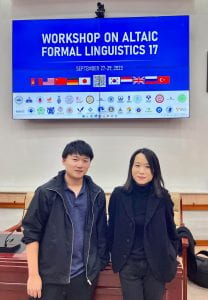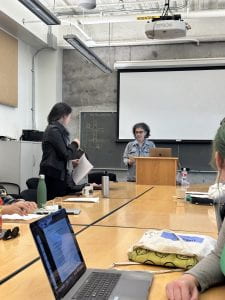Toosarvandani published in Language
Associate Professor Maziar Toosarvandani published a journal article titled “The interpretation and grammatical representation of animacy” in the December issue of Language. Here is the abstract:
We are used to thinking about person, number, and gender as features to which the grammar is sensitive. But the place of animacy is less familiar, despite its robust syntactic activity in many languages. I investigate the pronominal system of Southeastern Sierra Zapotec, identifying an interpretive parallel between animacy and person. Third-person plural pronouns, which encode a four-way animacy distinction in the language, exhibit associativity, a cluster of interpretive properties that have been argued also to characterize first-and second-person plural pronouns. Building on Kratzer’s (2009) and Harbour’s (2016) theories of person, I propose a plurality-based semantics for animacy that captures their shared properties. The compositional mechanism underlying this semantics ties person and animacy features to a single syntactic position inside the noun phrase. This enables an understanding of these features’ shared relevance to syntactic operations, including those underlying pronoun cliticization. In these Zapotec varieties, it is constrained both by person (in the well-known person-case constraint) and by animacy.

